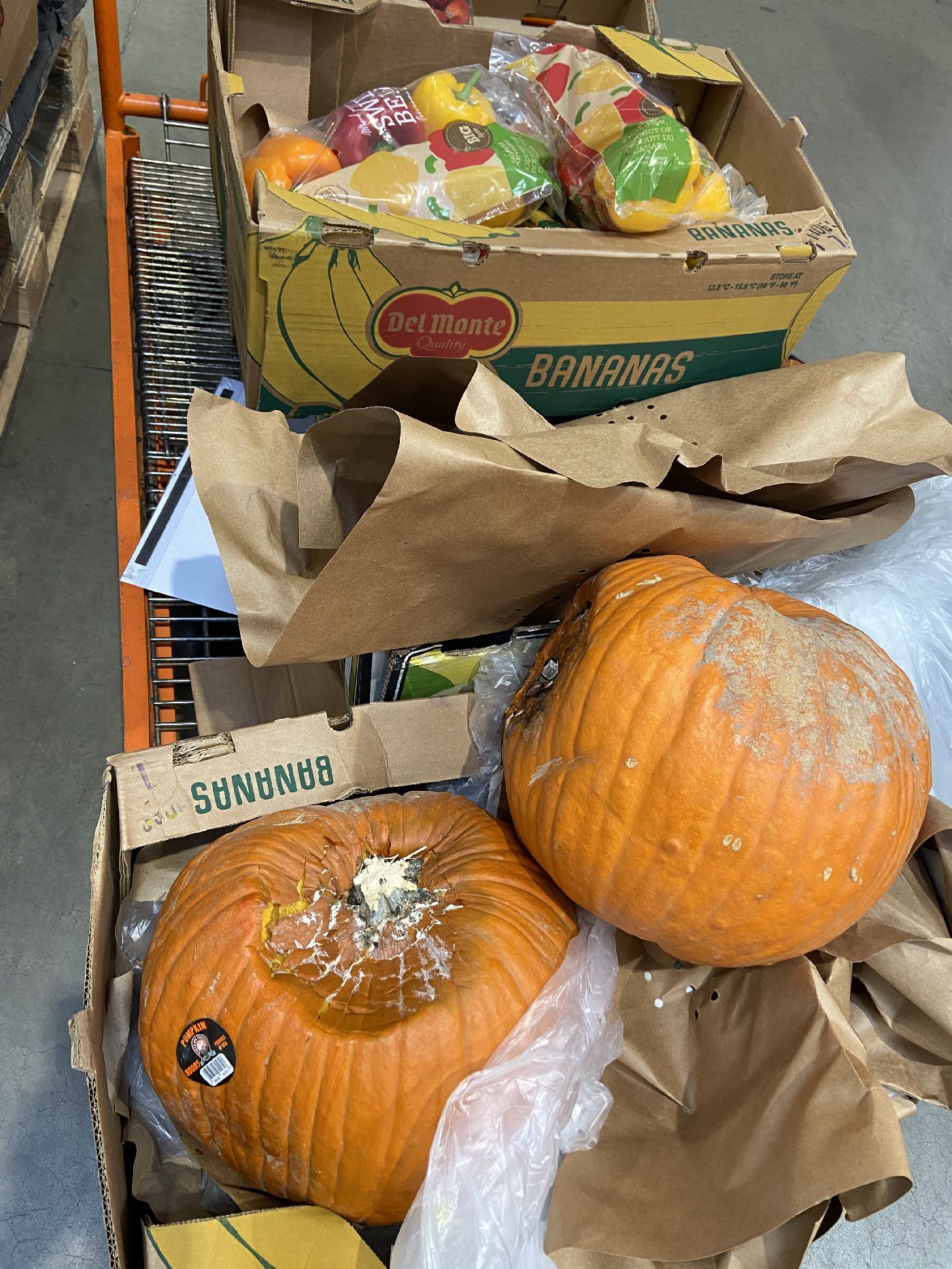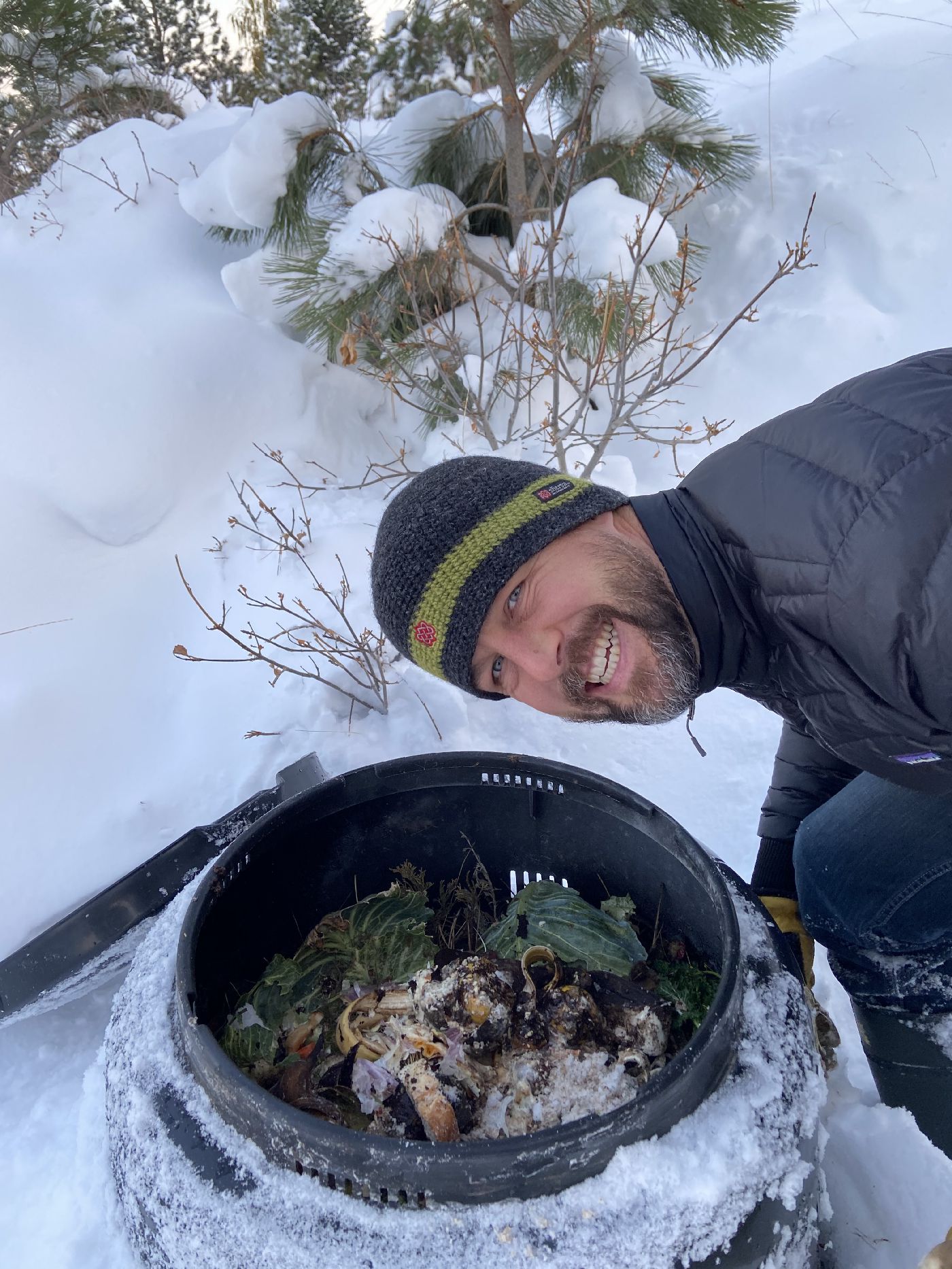Global food waste levels reported by the Food and Agriculture Organization of the United Nations now compromise the practice of wilderness medicine.

Mount Bukhansan, Republic of Korea—one of wilderness medicine's many therapeutic sites.
Image Credit: Brian Finelli
Wilderness Medical Society members have long worked in “office spaces” directly impacted by environmental degradation. From ice-worn adventurers at Everest Base Camp to pleasure hikers in the soft blue Appalachian breezes, the demand for expedition medics depends on the existence of an outdoors worth visiting. Even outside their wilderness medicine “offices,” many wilderness medicine professionals rely on plant-derived synthetic compounds that exist only because of outdoor environments—from anesthesiologists using agents originally derived from curare to paramedics handing out aspirin originally derived from willow bark.
Some wilderness medicine providers may directly use the great outdoors for patient care: a 2019 systematic database review in the Journal of Sports Medicine and Fitness found preventative benefits of outdoor activity against Vitamin D deficiency, multiple sclerosis, osteoporosis, and myopia. A 2016 randomized controlled trial in Geriatrics and Gerontology International objectively measured outdoor time against various standardized function tests, and found outdoor time significantly associated with decreased depression and increased steps per day. While these benefits require confirmatory research, initial data indicate that outdoor environments directly assist clinicians in improving patient outcomes.
All these aspects of wilderness medicine are threatened by food waste.
If food waste were a country, it would be the third largest carbon polluter on the planet, according to the 2011 report from the World Resources Institute and the United Nations Food and Agriculture Organization (FAO). Without including emissions from land use change or wasted nitrogen fertilizer, the FAO reported that food waste produces 4.4 gigatonnes of greenhouse emissions yearly. According to data from the UN Framework Convention on Climate Change cited by the 2013 FAO report, this is more than double the emissions of all US automobiles on the road. In fact, food leftovers are the single largest waste stream component by weight in the US, according to the EPA, and the resulting landfills account for 34 percent of US methane emissions—a serious charge, considering that methane increases atmospheric temperature by 21 times compared to the oft-cited culprit carbon dioxide.
The average American throws away 33 percent of the meat, 20 percent of the veggies, 35 percent of the fish, 15 percent of the fruit, and 17 percent of the dairy products they purchase, according to a study by Buzby et al in the Journal of Consumer Affairs, Fall 2011. These numbers vary by food type. According to a 2014 study cited by the interactive Food Loss and Waste database, over 60 percent of papayas in the US in 2005 were thrown out. Fault lies squarely with consumers. Using Nielsen Homescan Data in the FLW above, while 4 percent of all chicken in the US in 2012 was wasted by retailers, a whopping 37 percent was thrown away by households.

In the United States, over 30 percent of the produce purchased by the average consumer is thrown out to rot.
Image Credit: Carolyn Meyer, MD
This is insane.
It’s insane not merely for the wilderness impact of climate change, but for the human impact of medicine. Medical providers hold themselves to a humanistic standard originally set forth in the Hippocratic Oath, now taught in modern ethics as principles like “beneficence” and "justice." It is difficult to speak of justice and imagine looking a papaya grower in the eye after hours of toil in the sun to tell her 60 percent of that labor was ultimately trashed. Similarly, one cannot discuss beneficence over the X-rays of the factory farm laborer daily exposed to respiratory illness for the sake of 3 billion, 330 million extra dead chickens that just end up in the landfill each year.
For any Wilderness Medical Society member, the decision to limit food waste improves not just work environment and ethical credibility, but also financial wellness. Even at a low average of $1 wasted per meal, individual food waste will cost $65,700 over the course of sixty years. That’s the cost of a child’s college fund, someone’s retirement, or even a home, leaving the private sector in taxpayer-funded government trash receptacles—an important concern for political conservatives. For the politically liberal, these additional costs could have gone into education, welfare, or any number of other government programs.
Food responsibility opponents often cite the American obesity epidemic as a justification for discarding personal food. However, food desert analyses by the USDA, as well as Mediterranean diet principles now taught in most medical schools, point to an obesity epidemic caused more by intake kind than quantity. Even allowing for portion size, the solution to obesity isn’t a choice between tossing food and gaining weight. Using smaller bowls, cooking smaller amounts, and boxing up leftovers before the meal begins all save money and calories: even restaurants with excessive portion sizes provide take-out boxes. Complaints that leftovers themselves cause infectious disease are easily debunked by detailed leftover management protocols by food scientists at the FDA and the Mayo Clinic.

A Wilderness Medicine Society member composting their leftovers.
Image Credit: Carolyn Meyer, MD
Finally, wilderness medicine has always overlapped with global and austere medicine. Food waste accounts for 400 billion USD of lost funds a year globally that could have improved healthcare access and research. If, as the FAO reports, humans discard between 14 and 30 percent of all food, then at best, out of every ten meals worldwide, one disappears. Meanwhile, 45 percent of all deaths of children under five are linked to undernutrition, whether directly or indirectly, as malaria, HIV, and other infectious diseases wreak havoc on immune responses complicated by caloric deficiency. How would that tenth meal change those statistics?